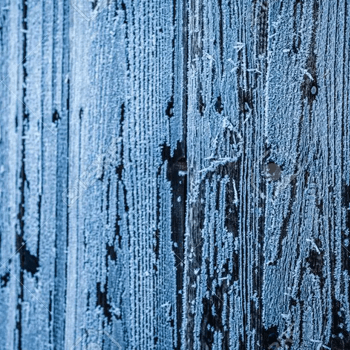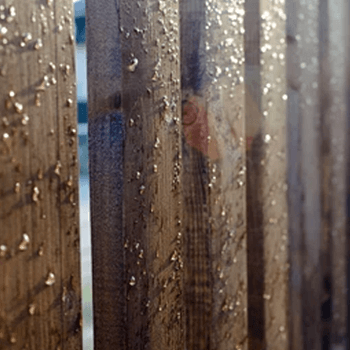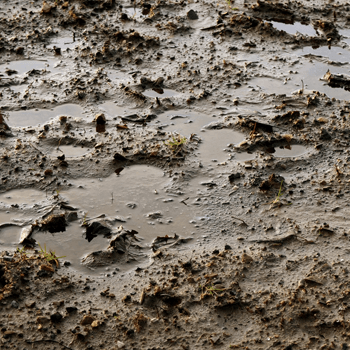Cold Weather And Timber Fences
As South-East Queensland moves into winter things are cooling down rapidly and those hot and muggy days are replaced by cold, wet weather that can have an impact on your timber fencing. The severity of this impact can depend on the treatment of the timber used to build the fence as well as what steps have been taken in terms of upkeep and maintenance. This is further complicated by the long stretches of rain we have been experiencing so far this year.



